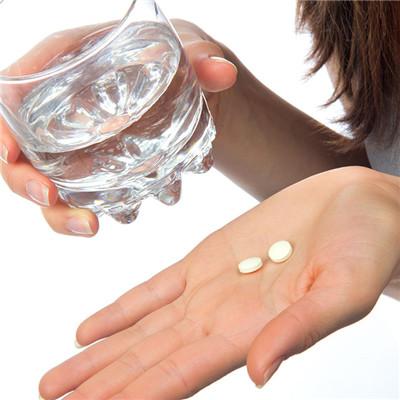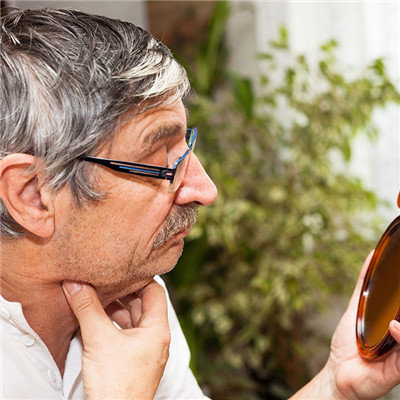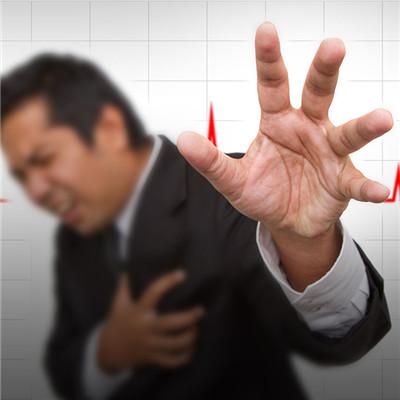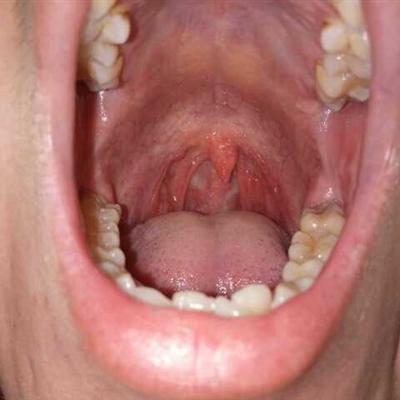Stroke sequelae symptoms?
summary
Stroke sequelae refers to the sequelae of stroke with hemiplegia, numbness, lip and tongue tilt, poor speech as the primary manifestation of the disease. Stroke sequelae has always been one of the primary goals of medical research. There has been a great confusion about the performance of stroke sequelae.
Stroke sequelae symptoms?
Paralysis: the affected limb, especially the end of the limb, such as fingers or toes, or the cheek of the hemiplegic side, has the feeling of ant crawling, or has the feeling of needling, or is slow to respond. Paralysis is often related to climate change. When the climate changes rapidly, it is humid and hot, or it is cold before and after rain, the feeling of paralysis is particularly significant.
Mouth askew eye askew: facial paralysis below one eye bag. The nasolabial sulcus became shallow, the angle of mouth drooped and the teeth exposed. The mouth angle is tilted to the healthy side when the cheek is bulging and whistling, drooling, especially when speaking.
Central paralysis: central paralysis, also known as upper motor neuron paralysis, or spastic paralysis, hard paralysis. It is because the pyramidal cells in the motor area of the cerebral cortex and their declared nerve fibers, the pyramidal tract, are damaged. Because of the damage of the upper motor neuron, it lost the control effect on the lower motor neuron, so that the reflex function of the spinal cord was "released", and the random movement was weakened or disappeared. The main clinical manifestations were increased muscle tension, tendon hyperreflexia, pathological reflex and spastic paralysis.
matters needing attention
Hemiplegia, also known as hemiplegia, refers to one side of the upper and lower limbs, facial muscle and tongue muscle movement disorders. Although patients with mild hemiplegia can still move, when they walk, their upper limbs are usually flexed and their lower limbs are straight. The paralyzed lower limbs walk for half a circle. We call this special walking posture hemiplegic gait. In severe cases, they often stay in bed and lose their ability to live.











